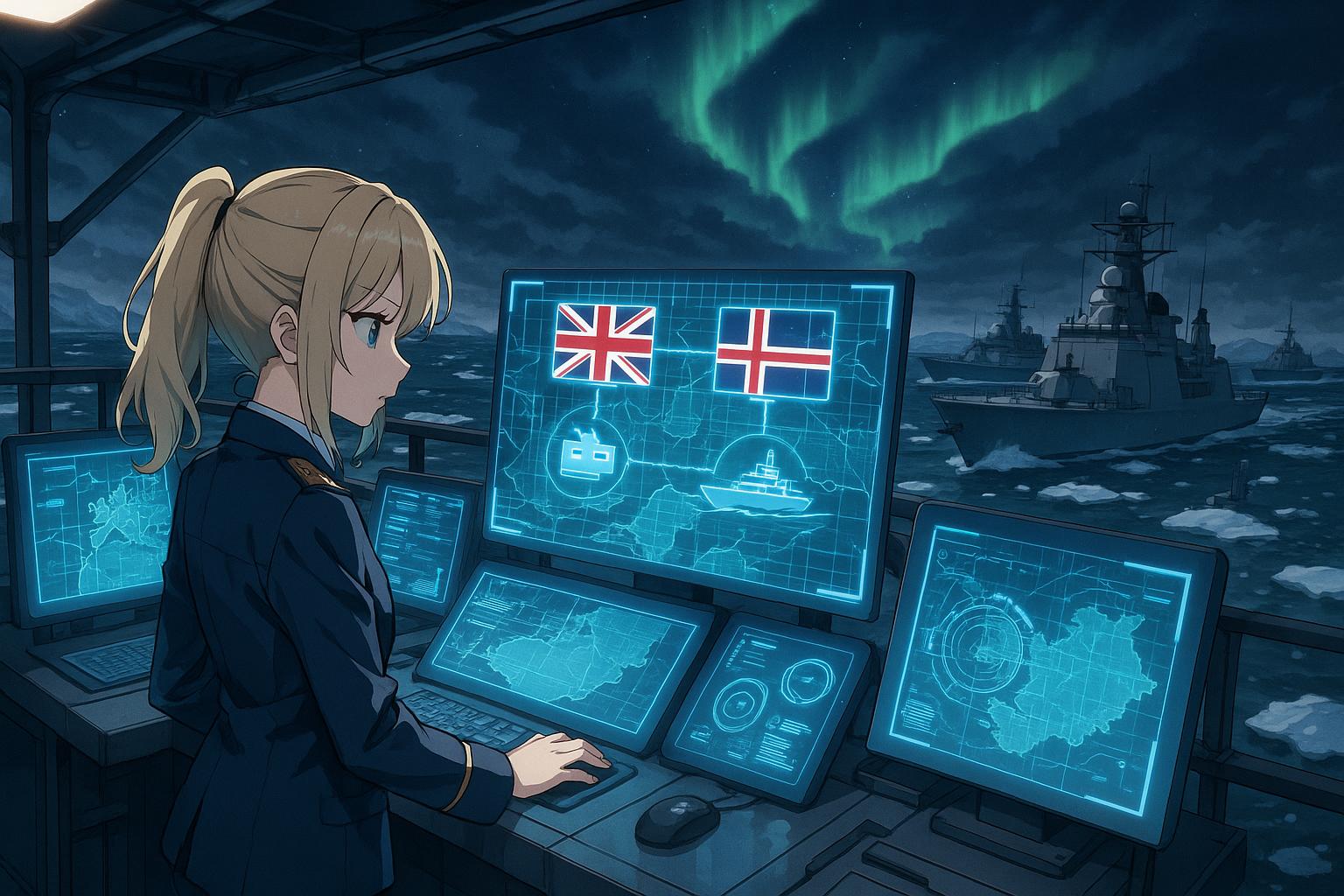The United Kingdom is poised to enhance its security measures in the Arctic by integrating artificial intelligence into its naval operations. This initiative comes in response to an increasing adversarial presence in the region, particularly from Russia, which has intensified its activities amid the ongoing conflict in Ukraine. The Arctic is not only a critical security frontier for Europe and the UK, but also home to vital undersea infrastructure, including cables that connect the UK to Europe, making the stakes particularly high.
During a recent visit to Iceland, Foreign Secretary David Lammy announced a collaborative effort with Iceland that will leverage advanced AI technology to monitor state activities in the High North. He underscored the importance of international partnerships in this endeavour, stating, “It’s more important than ever that we work with our allies in the High North, like Norway and Iceland, to enhance our ability to patrol and protect these waters.” This initiative is set against the backdrop of climate change, which is melting polar ice caps and opening previously inaccessible maritime routes, thus exacerbating the security challenges in the region.
The strategic importance of the Arctic has been underscored by rising tensions with Russia, which has been deploying nuclear-powered icebreakers to navigate these newly opened routes. These vessels are critical to supporting Russian operations, including transferring oil, gas, and potentially stolen Ukrainian grain to circumvent Western sanctions. In a proactive measure, the UK government has disrupted plans for a floating repair dock that Russia intended to establish in the Arctic, which would have serviced these icebreakers.
The new joint initiative between the UK and Iceland involves significant financial investment—over half a million pounds allocated from the UK Integrated Security Fund, specifically for research and development at the Alan Turing Institute. This funding seeks to explore how AI can bolster the monitoring and detection capabilities of naval forces, an area where the Royal Navy has already begun integrating AI technologies. Notably, during exercises conducted off the coast of Scotland, the Royal Navy tested AI systems to enhance threat detection and engagement timelines aboard its vessels, demonstrating a commitment to adopting cutting-edge technology in safeguarding maritime security.
Given the concurrent global military landscape, including the recent real-time AI trials conducted by AUKUS members—Australia, the UK, and the US—involving AI-enabled drones, the implications of this initiative stretch beyond mere observation. It suggests a broader strategic pivot towards autonomous systems in military operations, reflecting a recognition of the transformative impact AI can have on modern warfare and security.
Moreover, the importance of collaborative security efforts is being reinforced through renewed agreements, such as the recent enhanced security pact between Norway and the UK aimed at protecting subsea infrastructure against Russian hybrid tactics. This growing emphasis on coordinated maritime security is vital as both nations confront the escalating threats posed by a militarising Russia in the Arctic domain.
This comprehensive strategy signals a significant commitment to ensuring the security and sustainability of the Arctic region, a critical area for European and British defence, well beyond mere territorial concerns. With AI now at the forefront of military strategy, the UK is clearly positioning itself to navigate both the current challenges and the rapidly evolving future of warfare in the high northern latitudes.
Reference Map:
Source: Noah Wire Services
